Cardiac Arrest in Deer During Capture and Chemical Immobilization
Cardiac arrest, or cardiopulmonary arrest (CPA) is characterized by an abrupt, complete failure of...
Turns out, animals can’t really verbalize what’s going on all the time. In the Wild is a collection of pieces to help close that communication gap while growing the love and understanding between animals and those who care for them.
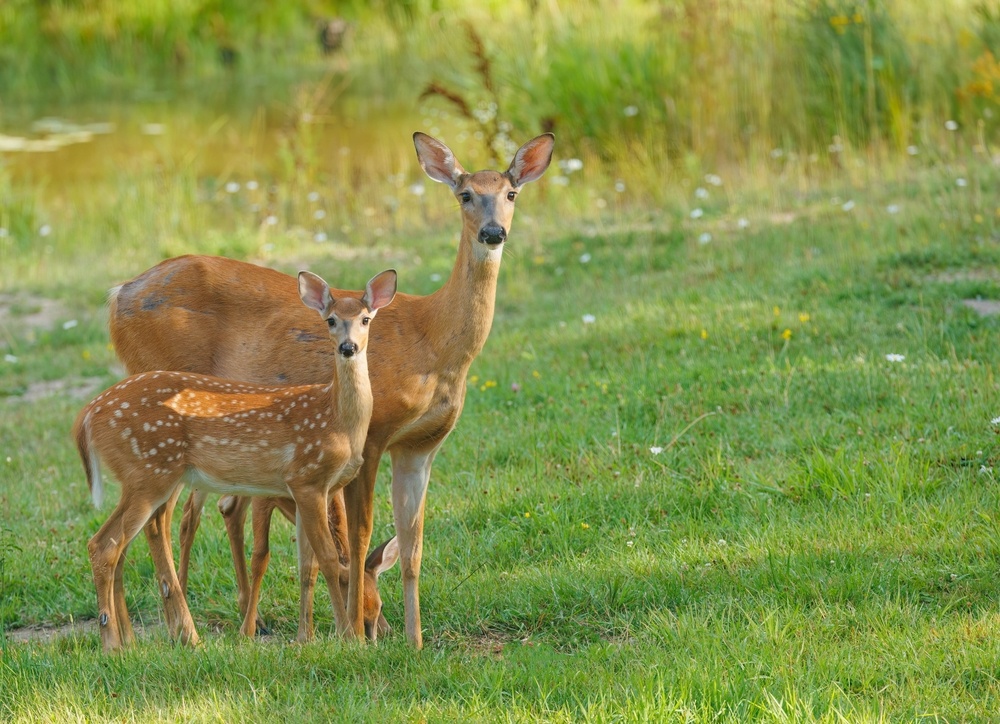
Cardiac arrest, or cardiopulmonary arrest (CPA) is characterized by an abrupt, complete failure of...
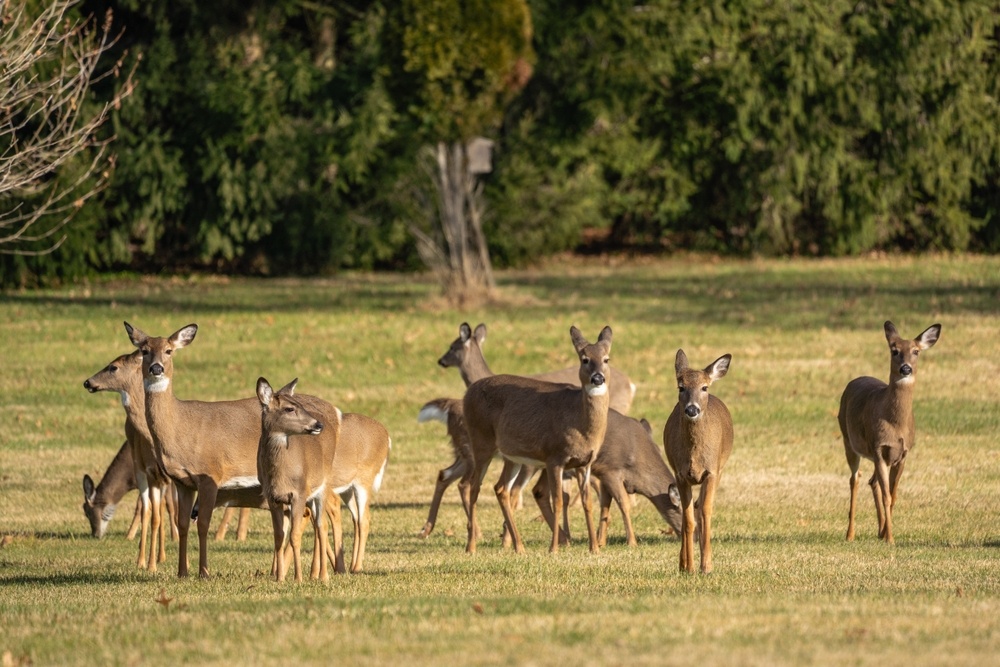
There are over 60 species of deer that are recognized worldwide, and deer occur on all continents...
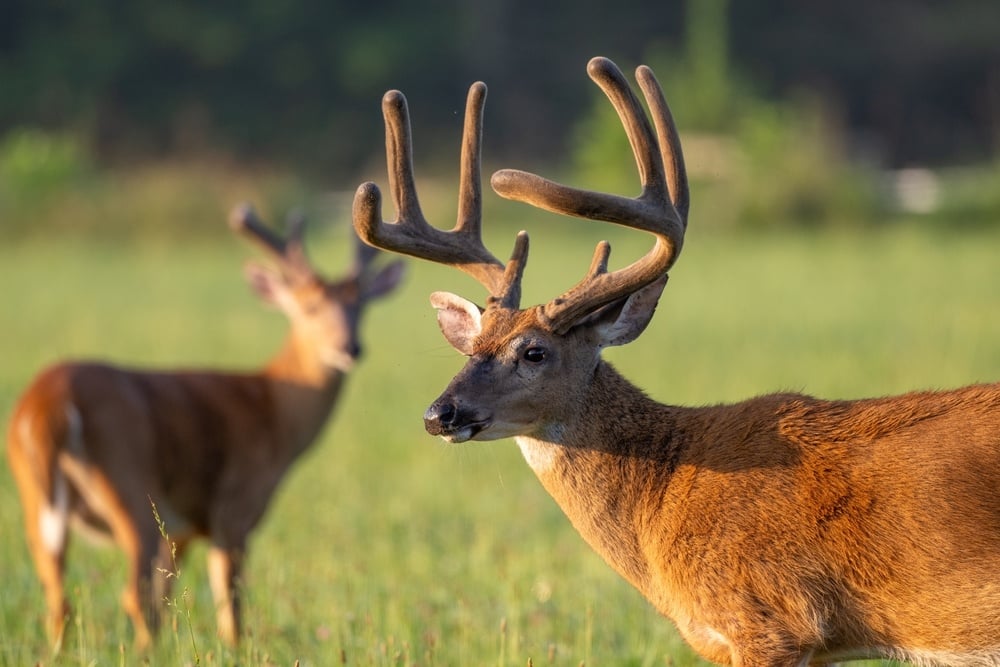
Deer are included in over 40 species of hoofed ruminants belonging to the order Artiodactyla. This...
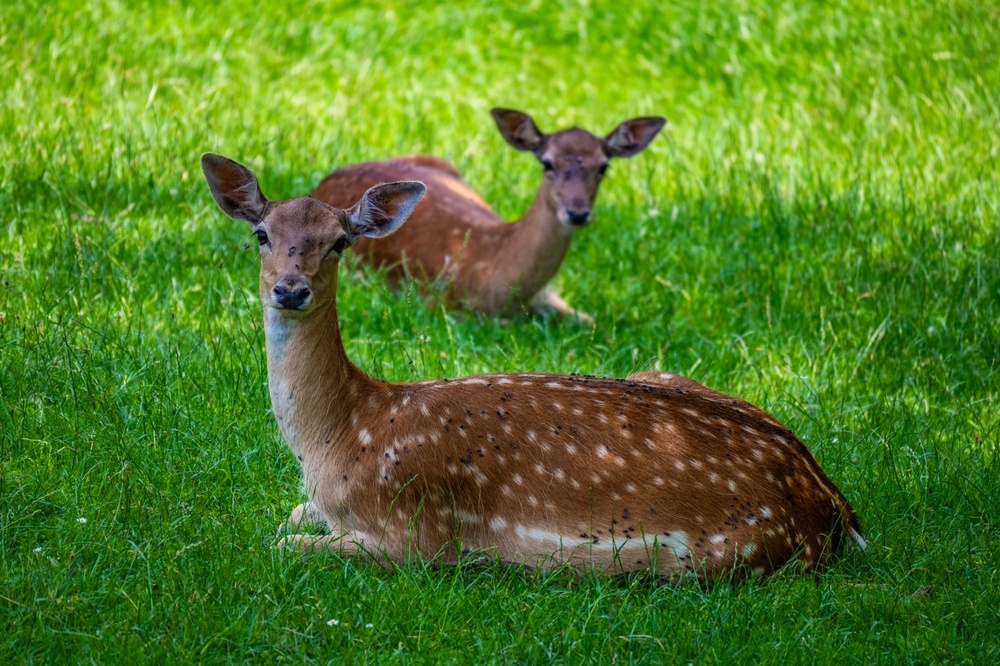
Deer are cervids (family Cervidae), a group of animals belonging to the order Artiodactyla. They...
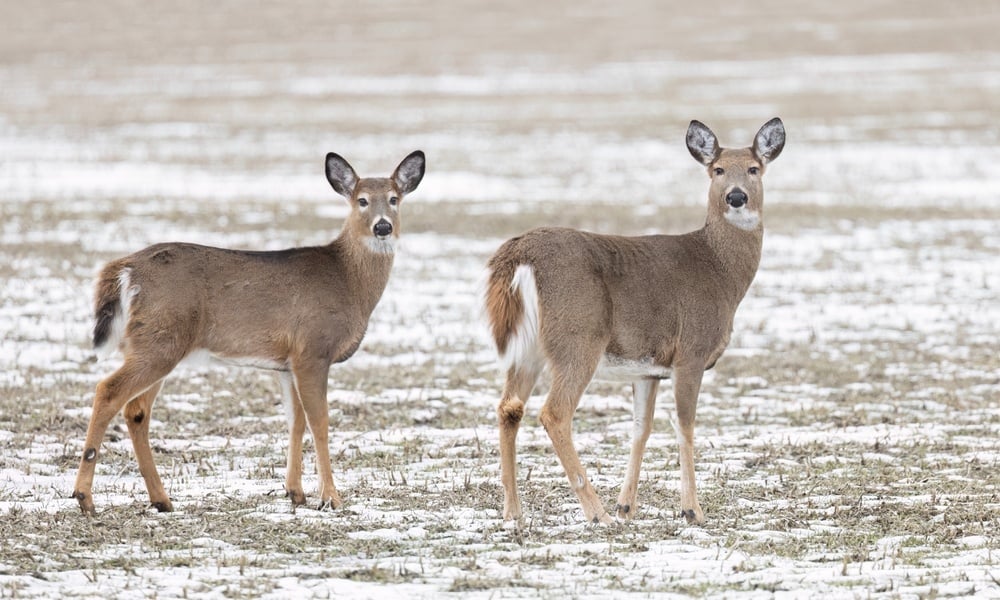
In North America, deer are among the most well-known of the large wildlife species, and they’re...
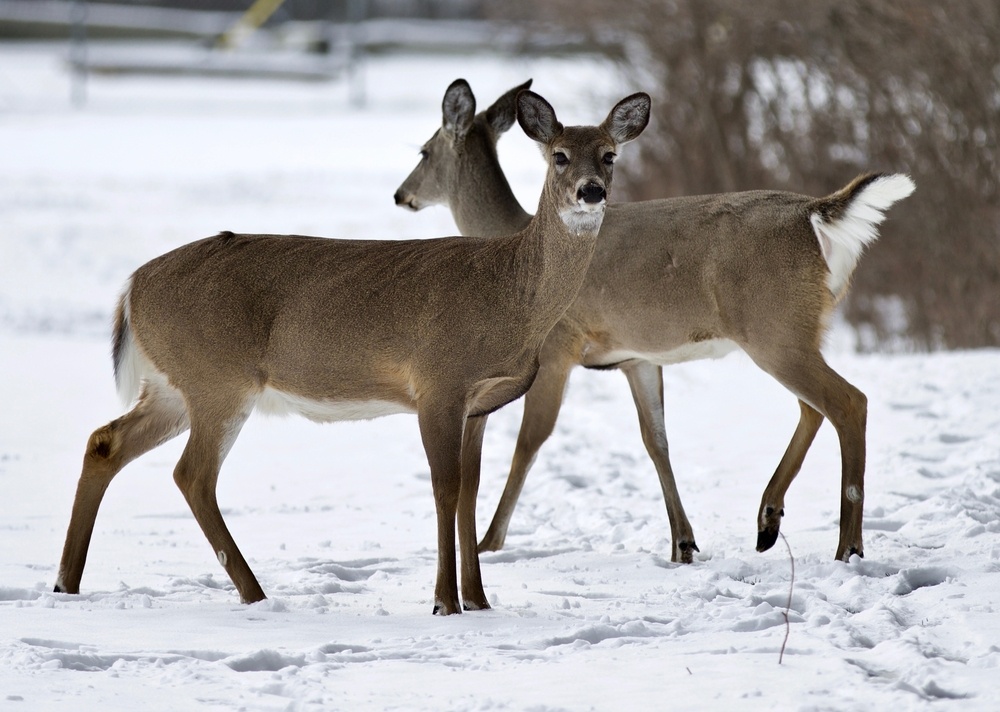
Frostbite is a cold-related injury in which body tissues begin to freeze. Frostbite can affect any...
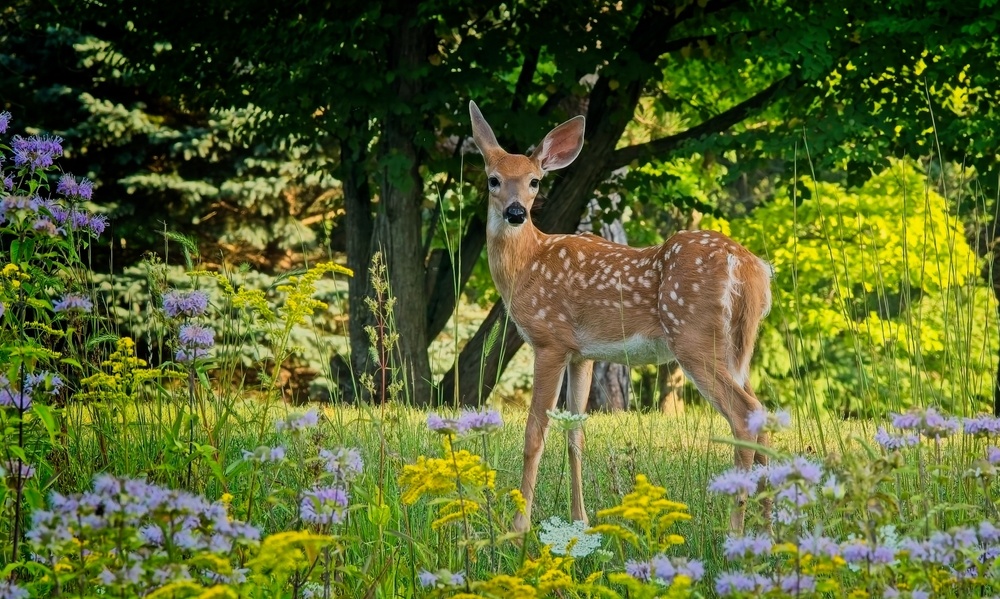
The management of deer frequently requires the live capture of individual animals, and chemical...
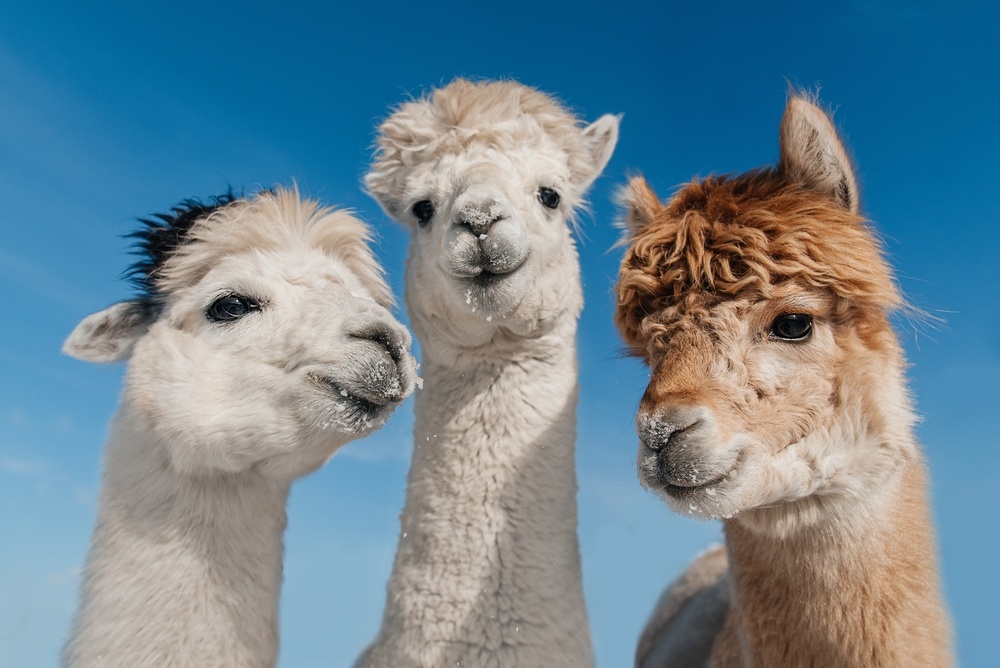
The llama (Lama glama) is a domesticated animal that is descended from the wild guanaco (Lama...
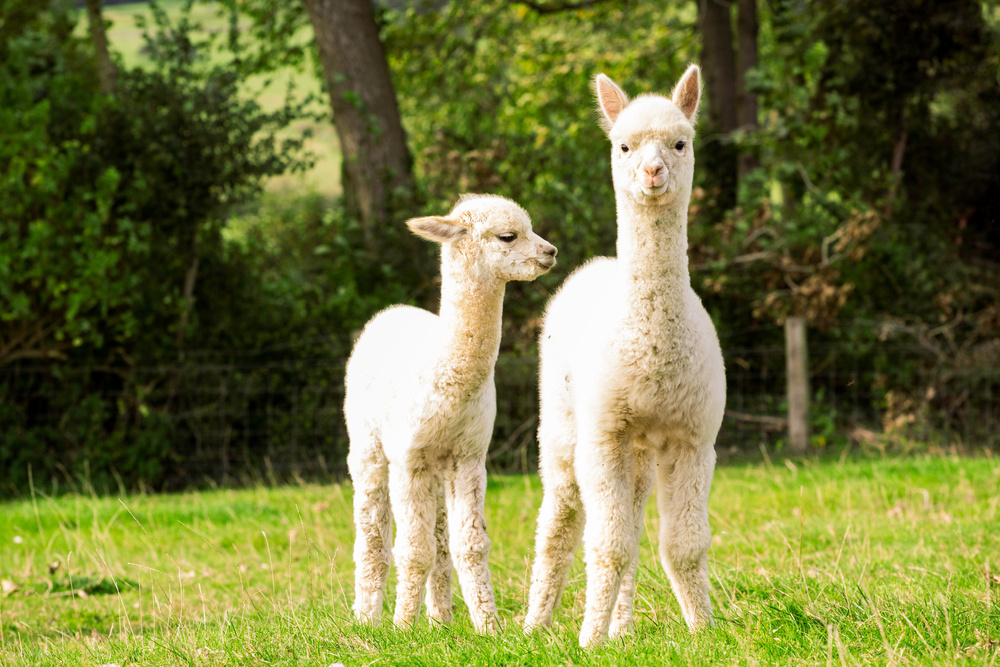
Whether inspiring the sale of cuddly plush toys for kids or the fictional Pushmi-pullyu of Dr....
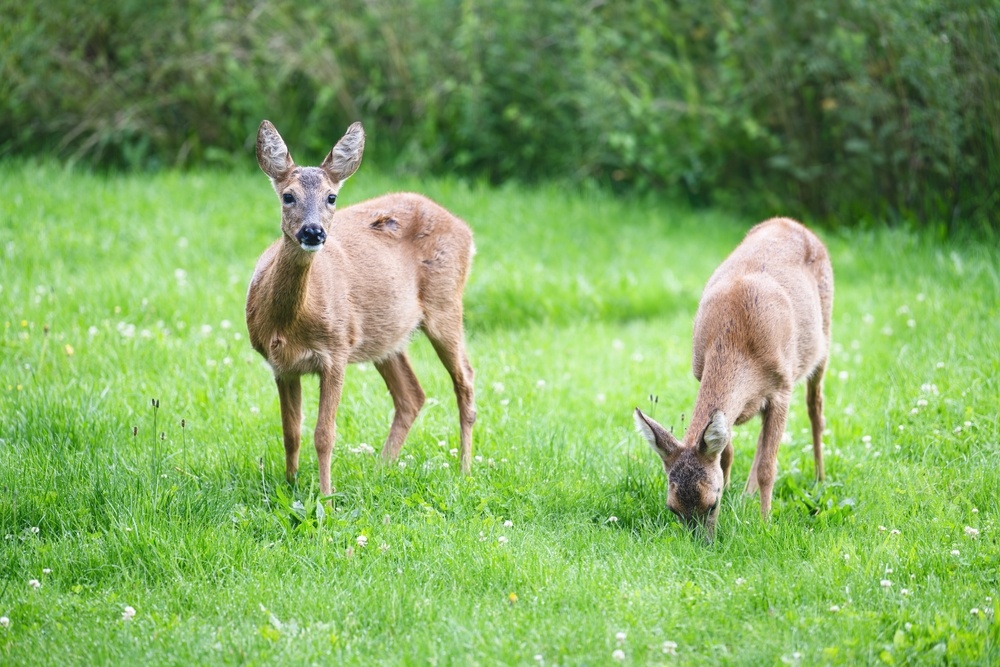
One of the more common post-sedation and post-anesthesia complications in both domestic and exotic...
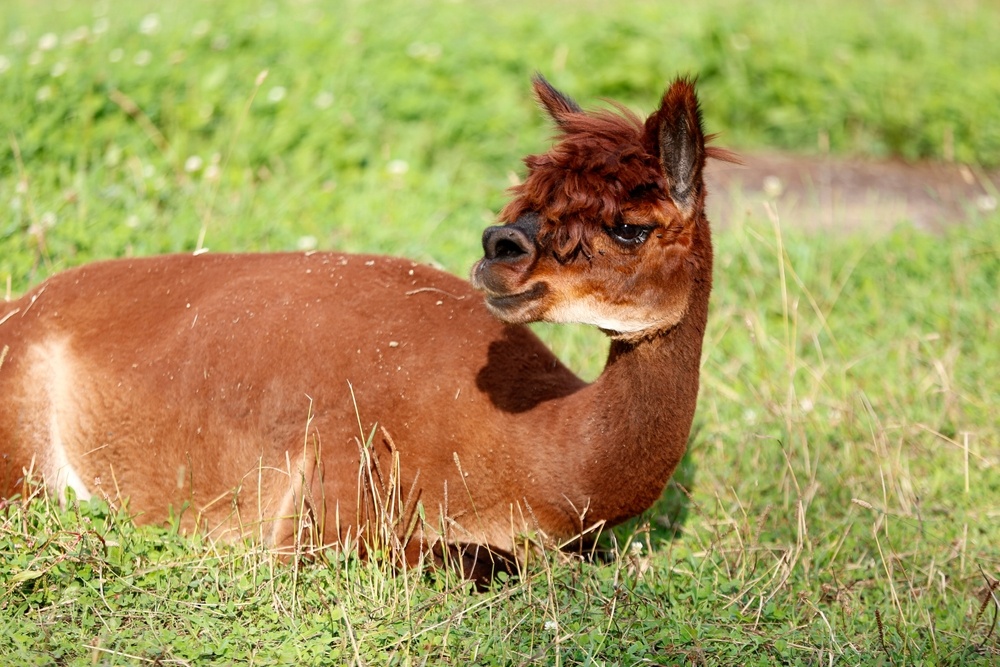
Veterinarians, wildlife managers and llama farmers are often called upon to immobilize llamas to...
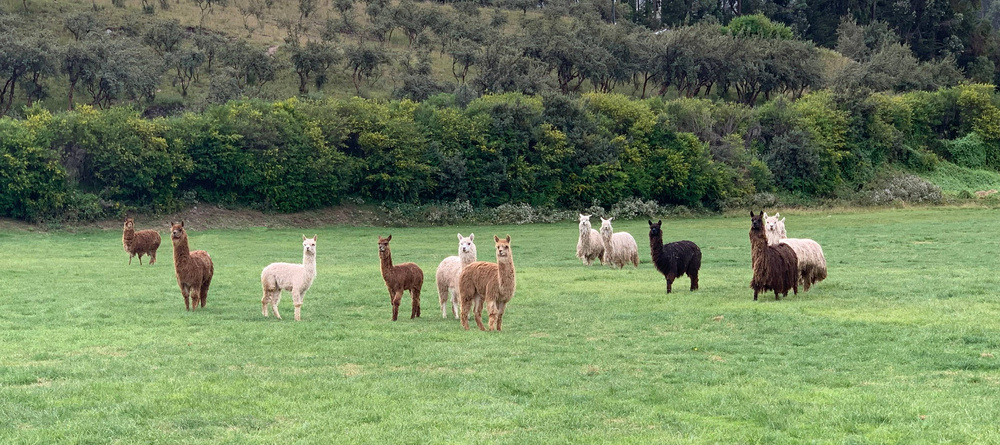
Although the words “sedation” and “anesthesia” are often used interchangeably, in the clinical...
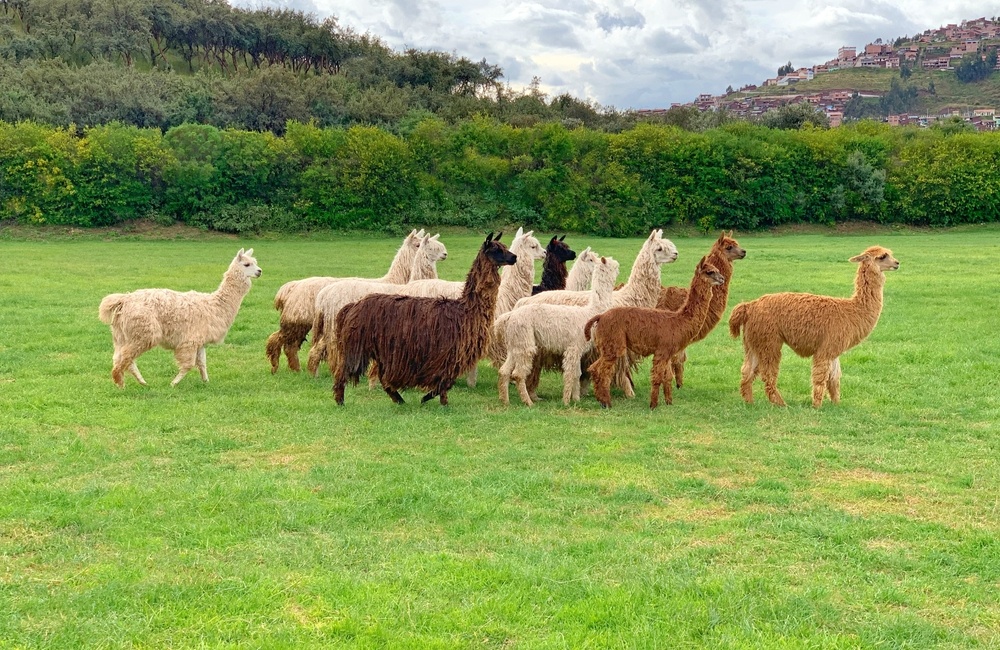
Regardless of the method used, there are numerous risks associated with the capture and/or chemical...
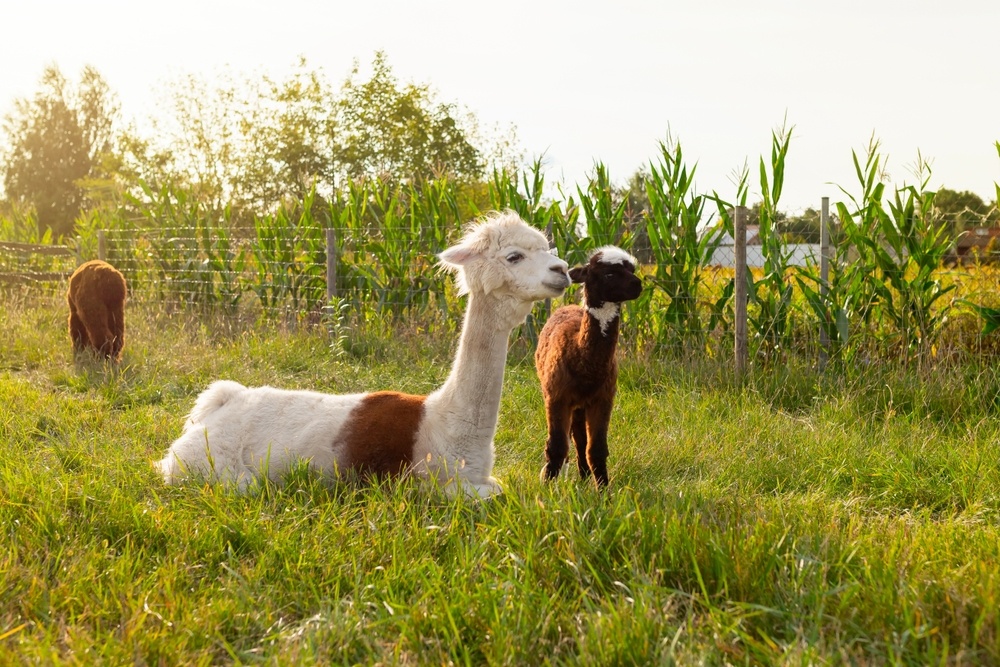
The llama (Lama glama) is a domesticated herd animal with a range encompassing the high Andes of...
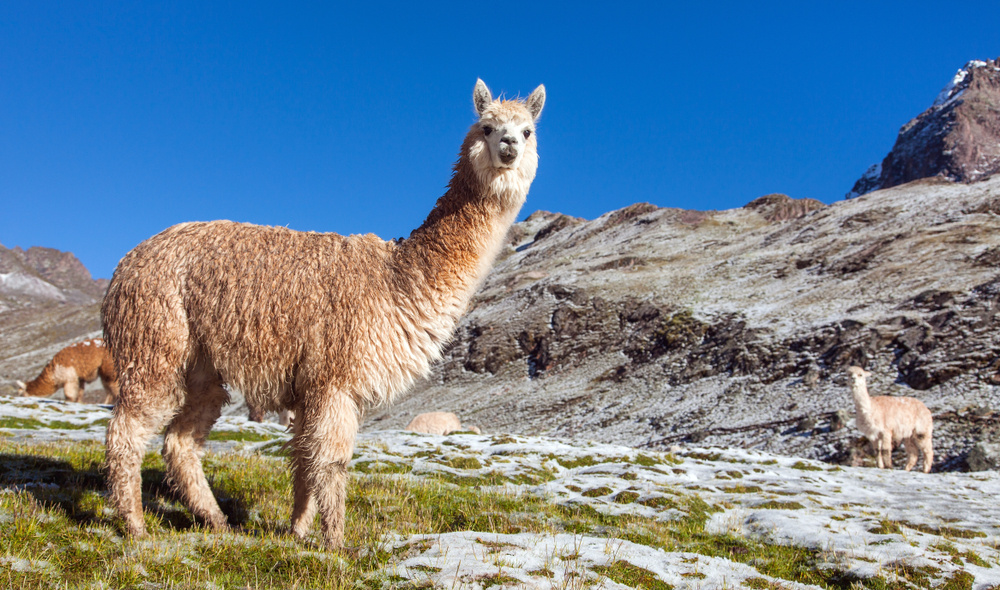
Chemical immobilization—whether discussing sedation or anesthesia—has become the chief method of...